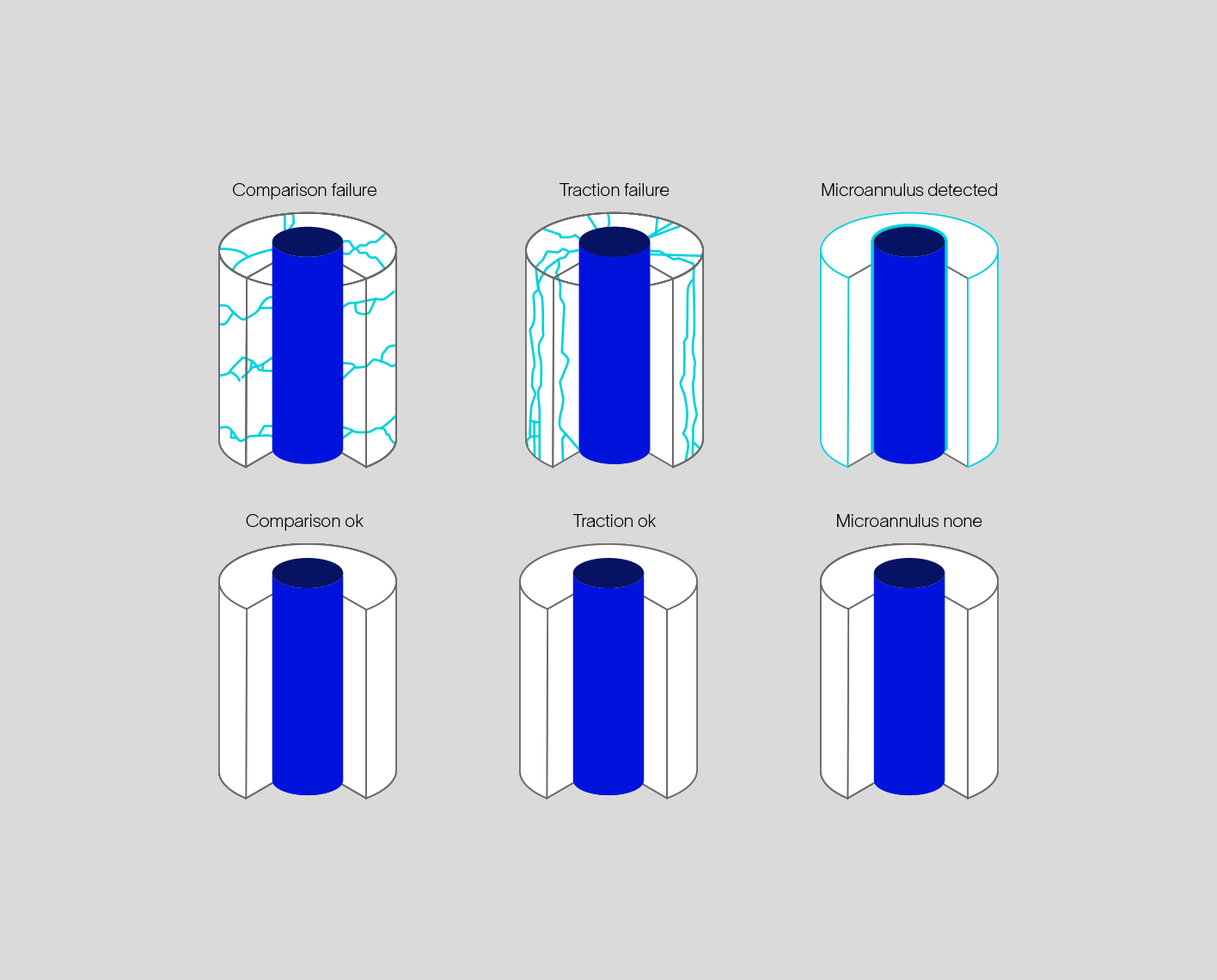CemFIT Heal
Flexible self-healing cement system
CemFIT Heal system reduces emissions due to lower embodied carbon and by eliminating hydrocarbon leaks.

A lack of understanding regarding the stresses that a cement sheath endures, along with the factors leading to its failure, can result in the loss of zonal isolation, jeopardizing the future of the well. CemSTRESS™ cement sheath stress analysis software is crucial for understanding the stresses in a cement sheath. It can model up to 10 strings at once, analyzing the stress each string experiences during well events such as pressure testing. By examining radial and tangential stresses, CemSTRESS software can determine how well the cement sheath performs under compression, tension, or both, helping to optimize the design of the cement placement behind the casing. In addition, CemSTRESS software has the unique ability to sensitize many parameters, including formation flexibility support and standoff. The system helps in choosing and designing a cement system that can prolong the well's lifespan and minimize the requirement for expensive remediation while maintaining a hydraulic seal for many years.